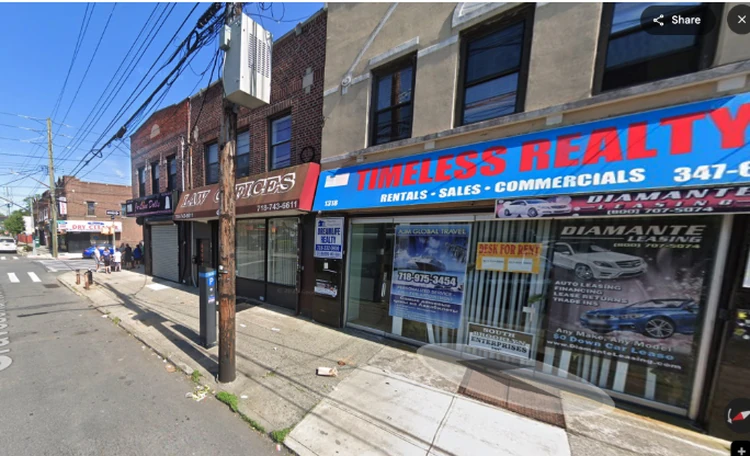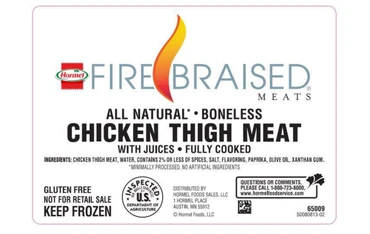Five stars, zero humans: how to spot fake reviews online
- Do the 60-second smell test: Look for copy-paste praise (I was skeptical, game-changer), multiple reviewsin 24hours, and sketchy profiles
- Check the content, not just stars: Mismatched details (zipper on a phone case) and wonky/stock/AI photos = fake reviews
- Know the platform cues: On Amazon, Vine is labeled and verified; skim 3-star reviews for real quibbles; if it still feels off, move on
If youve ever been suspicious of 25 consecutive five-star reviews on Amazon, youre doing something right. Theres no way all these people discovered inner peace because of this cheap $15garlic press. Fake reviews have exploded in recent years, some are AI-written and some are bought outright. The good news is with a 60-second scan, you can catch most of them before they cost you money or the time youll have to spend to return the product.
The 60-second smell test (two or more = bail)
1. The wording starts to look the same. The first thing Ill do is check the most recent five-star reviews. Or depending on the site or app, the top reviews might be 3 stars, 99.3% positive, or 10/10, you get the picture.
If I see a bunch of glowing reviews with the same exact opening line over and over, I know Im probably being messed with. The lines I look for include I was skeptical but, as someone who, or product was a game-changer stacked with generic benefits like quality, value, convenience. These are easy to spot red flags that the reviews are probably not genuine. Ive also discovered that AI tends to over-praise in the same exact patterns, and bought reviews often use the same templates repeatedly.
2. Whole bunch of reviews at once. Tap Most recent. If dozens of reviews land within a 2448-hour window after weeks of silence, thats a review burst usually brought on by a promo or a pay-for-review campaign.
3. Profile weirdness. When making a significant purchase, I like to click a few reviewer names. If the account is fairly new, and they post reviews across unrelated categories (power tools, collagen, pet toys, suitcases) theyre not living a normal shopping life. At which point, I consider the reviews to be more than likely fake.
4. Item descriptions that make zero sense. Do reviews describe a different item than whats actually on the page? Zipper broke on the backpack while youre on a phone-case listing usually means the seller pooled reviews from different products to grabstars or points. This shows up across various popular online retailers and is a classic ratings inflation trick.
5. Photos are really wonky. By wonky I mean theyre often odd stock pictures, identical photos used by different reviewers, or obviously AI-generated images. If you see two or more of these, either skip the product or downgrade how much you trust the reviews. Instead, look for independent tests, longish written reviews that include specifics (fit the 2019 Roomba e5, heres the exact clip issue), or verified-purchase badges if the site or app uses them.
Marketplace-specific tells
Amazon. Fortunately, Amazon has banned incentivized reviews unless they come through its invite-only Vine program. Vine reviews are now labeled as such so shoppers are aware that the reviewer got the product for free in exchange for a review.
Amazon also weighs verified purchases more heavily when they list reviews which is a step in the right direction. If you see lots of vaguely written five-star reviews, with no Vine badge, keep your guard up.
Yelp. Their automated recommendation software tries to highlight the most reliable reviews and down-rank questionable ones. With that said, dont automatically distrust the Not Recommended section, but definitely treat them as less reliable reviews as theyre often short, very low-effort, and from low-activity accounts.
Trustpilot. Theyre loudly policing review sellers and claim year-over-year improvements in detection. If a business page shows a sudden wave of same-day five-stars after a PR push, apply the smell test anyway. Better safe than sorry is my motto, especially when researching a company like a car dealership or a financial institution.
The quick how not to get fooled routine
- Sort by newest. Many glowing reviews at once = suspicion.
- Check out the 3-stars. The mediocre 3 out of 5 star reviews are often written by real people with real quibbles.
- Open 3 reviewer profiles. Quickly look for brand-new accounts, odd shopping patterns, and lazy photo reuse.
- Check Q&A (if available). AI spam rarely messes with the Q&A section.
- Search for the exact issue you care about. Type fit, battery, warranty, or your exact need and see if anyone gives a specific answer in the review section.
The bottom line
Smart shoppers dont need fancy tools to spot phony reviews online. With my 60-second smell test youre now armed with all the tools you need to filter out the noise.
Lastly, always remember to trust your gut. If something about the reviews feels off, trust your instincts and move on to the next product. The next garlic press will be fine, and the genuine reviews will sound like real people whove actually minced garlic before.
Posted: 2025-11-03 01:35:25

























